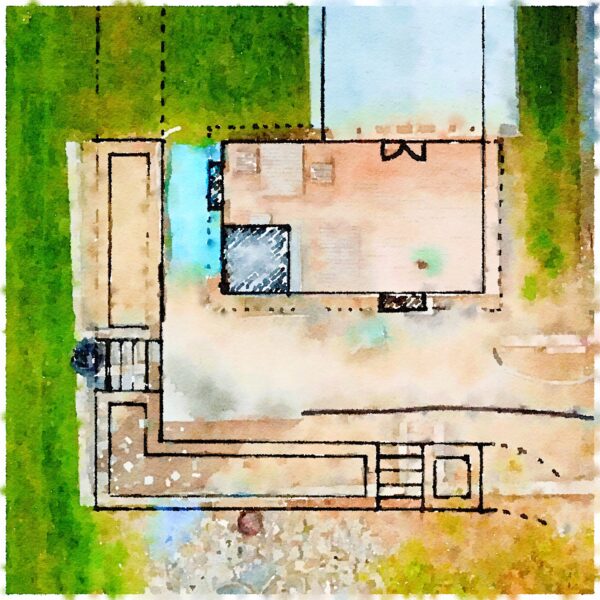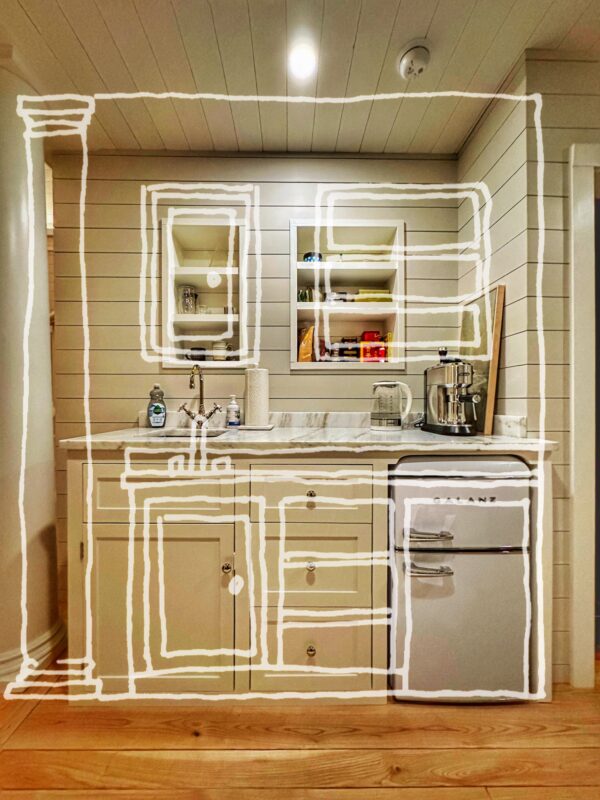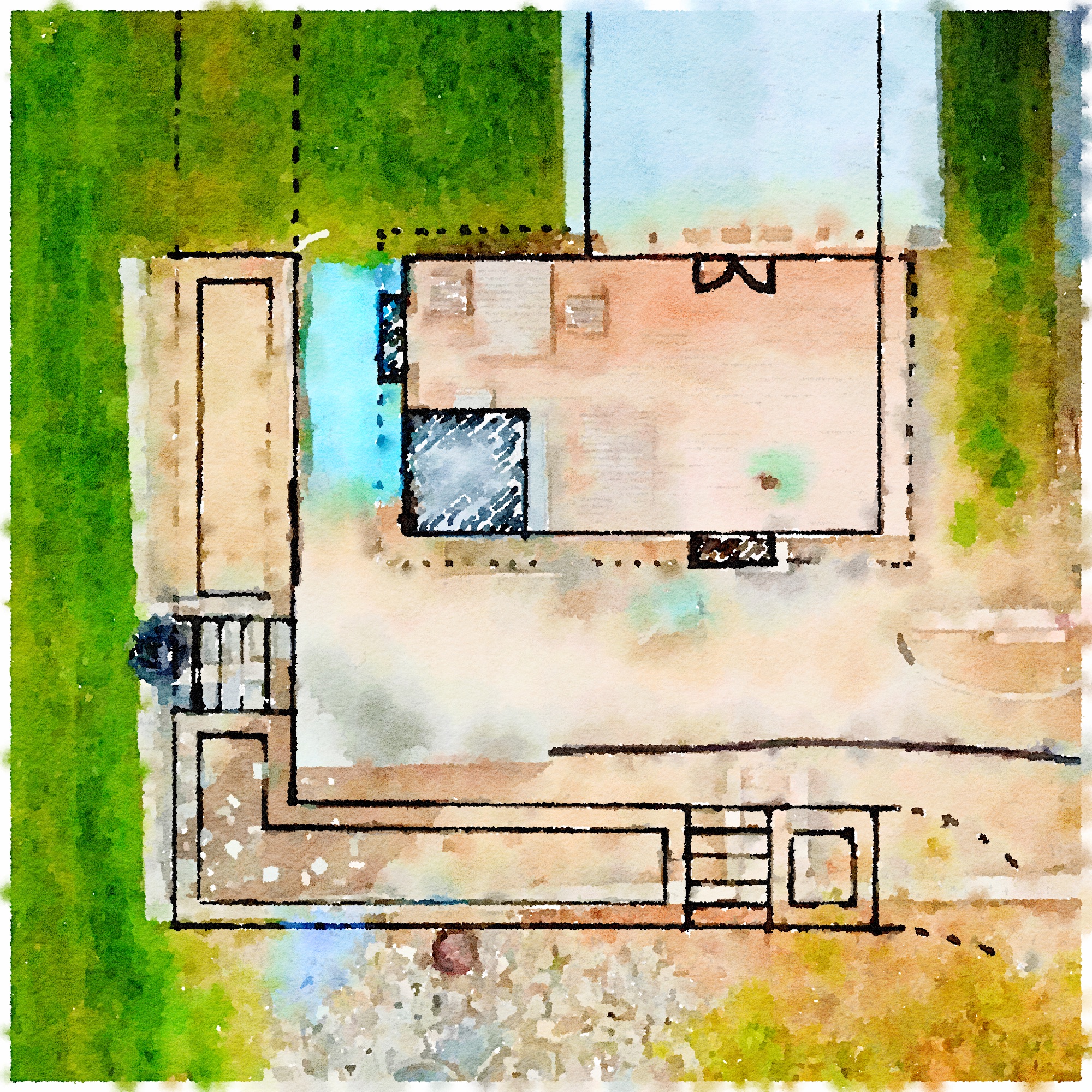Yesterday, Susan and I participated in the first of four pottery classes that were fortunate to join weekly during the month of April. Susan has long longed to learn pot throwing. My curiosity, less durable perhaps than Susan’s, is rooted in childhood memories of my godfather, OMC (aka “Old Man Coldwell”). Aproned, clay splattered, and gently guided by Loren, our encouraging instructor, the 4-hour class mesmerized me. The physicality and the intimacy of learning to create pots and mugs on a wheel revived a March 29, 2016 visit to MoMa.

Synapses began to fire, and curious cross disciplinary connections began to coalesce. I’ll continue to incubate and explore, but for now I’d like to invite you into my mental scrapbook…
“Make a drawing, begin it again, trace it, begin it again, and retrace it.”
— Edgar Degas
These words headlined a description accompanying the artist’s work in a MoMA exhibition, “Edgar Degas: A Strange New Beauty”, that I attended on March 29, 2016. The advice resonated with me at the time, and it still does today, eight years later. It touched something familiar. And the way I write. And the way I create an experiment with artwork. In the way that I approach design, construction, gardening, and landscaping.

Iterate, reiterate. Limn liminal contours. Trace. Retrace…
Degas’s experiments with the essential qualities of monotype-repetition and transformation, mirroring and reversal, tone and tactility-enriched his work in other mediums. Understanding that something singular can spark multiple variations, that an image can always be reworked, revised, and recrafted, Degas pursued and modified key motifs across mediums, especially in his last decades. He traced, inverted, and recombined figures into different arrangements, applying pastel or charcoal on paper or layering oil paint on canvas to further transform his subjects. The resulting chains of images representing ballerinas and bathers-each both the same as and different from others in the group demonstrate how Degas saw iteration as an end in itself rather than a series of steps toward a finished product.
Edgar Degas: A Strange New Beauty, MoMA, Mar 26–Jul 24, 2016
Excerpted from the same catalogue copy, this felt and feels familiar. And yesterday’s first forays into wheel working clay into primitive vessels follows in the same vein.
The curator’s essay continues with a bridge between writing, indeed poetry, and Degas’ visual artwork.
The poet Paul Valéry, perhaps the most acute observer of Degas’s work, proposed an analogy for this ruthless rigor: “He is like a writer striving to attain the utmost precision of form, drafting and redrafting, canceling, advancing by endless recapitulation, never admitting that his work has reached its final stage.”
Edgar Degas: A Strange New Beauty, MoMA, Mar 26–Jul 24, 2016
Recapitulating and “unwavering innovation”, Degas hallmarks, girded my confidence, encouraging me to trust the process, no matter how labored and time consuming.
The curator’s conclusion to the description accompanying Degas’ monotypes affirms the fundamental importance of this experiential process.
Although by the late 189os Degas no longer made monotypes, tracing, counterproofing, and copying all provided other means to begin again. The lessons of monotype also encouraged a freedom in his approach, visible in a more liberated handling of charcoal, pastel, and oil paint; the presence of fingerprints; daring manipulation of tonal fields of color; and continued efforts to contort, twist, and rotate the female body. Degas’s monotypes and the experiments they generated reflect his unwavering innovation. Ever driven, Degas, Valéry admiringly observed, “rejected facility,” would “shrink from any shortcut,” and expected from himself “the most difficult thing.”
Edgar Degas: A Strange New Beauty, MoMA, Mar 26–Jul 24, 2016
You still with me?
If this scrapbook post isn’t too clunky for you to follow, I’d like you to build another bridge between disciplines. First a quick touch-and-go about twenty five hundred years ago in Ancient Greece.
“I shall retrace the path of songs
— Empedocles (translated by Eric Hoffman)
already sung, and from them find
new music.”
Tracing and retracing a column of clay spinning on a wheel or guiding charcoal and paint around the contours of visual image of a dancer are tactile and familiar exercises for many of us. Iterating (and reiterating) with words is also familiar to those of us inclined to paint and sculpt with language. But translating this ritual of repeating and retracing your music is a fair hair more abstract. Yet yesterday and Wednesday’s musical experiment are proof that this practice lends itself to music too.
And just as this discipline of tracing crosses disciplines, it also also for combining disciplines. Indeed the very same MoMA visit eight years ago fertilized this hybridized notion.
While lingering in Marcel Broodthaers: A Retrospective (MoMA, Feb 14–May 15, 2016) I snapped a photograph included from “Le Corbeau et le Renard”. Intended as a reminder, a visual note, I won’t burden you with my blurry capture. Instead, I offer you this superior alternative that accompanied the New York Times review of the exhibition, ‘Marcel Broodthaers,’ a Knot of Riddles in a MoMA Retrospective.

If you’re unfamiliar with Marcel Broodthaers, it may take a moment of closer inspection to grasp the image. Zoom in. And then perhaps enjoy this video.
Not 100% certain where I’m heading with all this, but I’m obsessed with limning liminal contours, iterating, reiterating… Tracing renderings to conjure, even sculpt, new worlds into possibility.

Leave a Reply